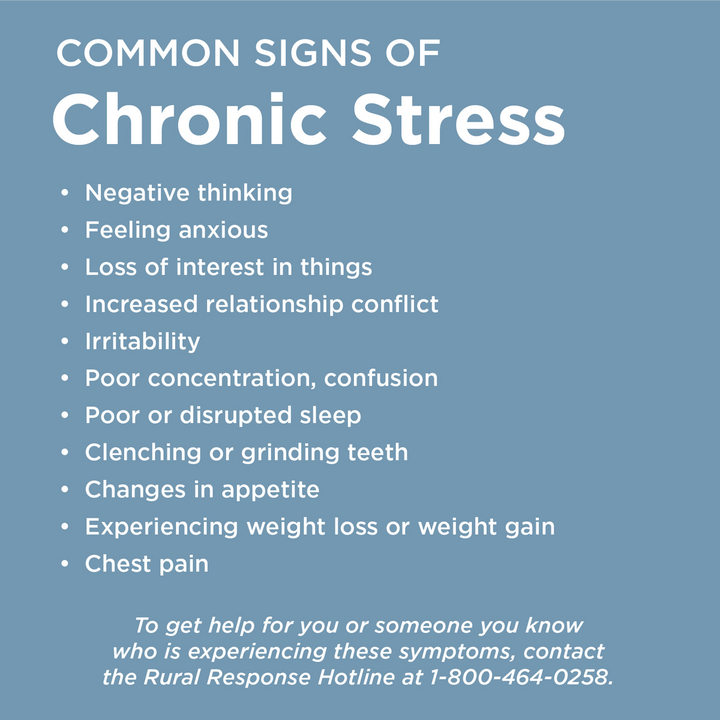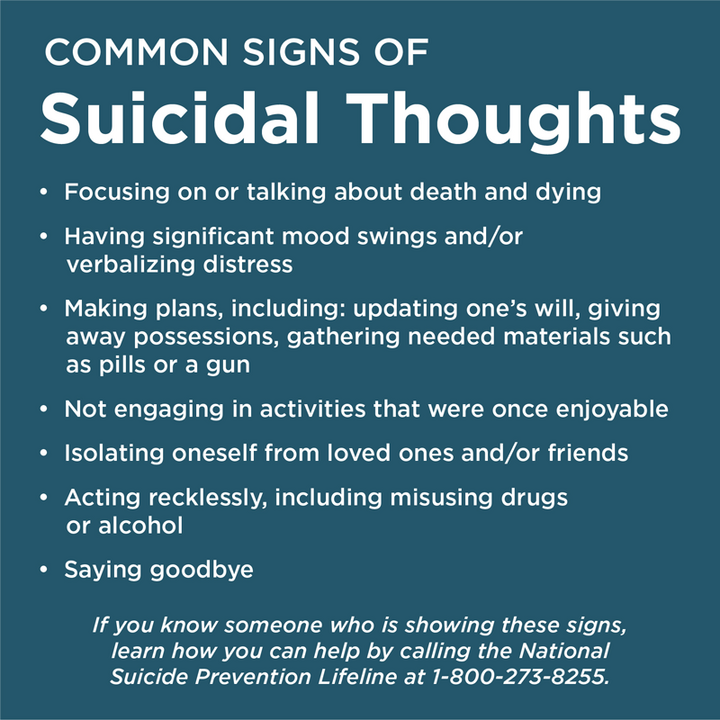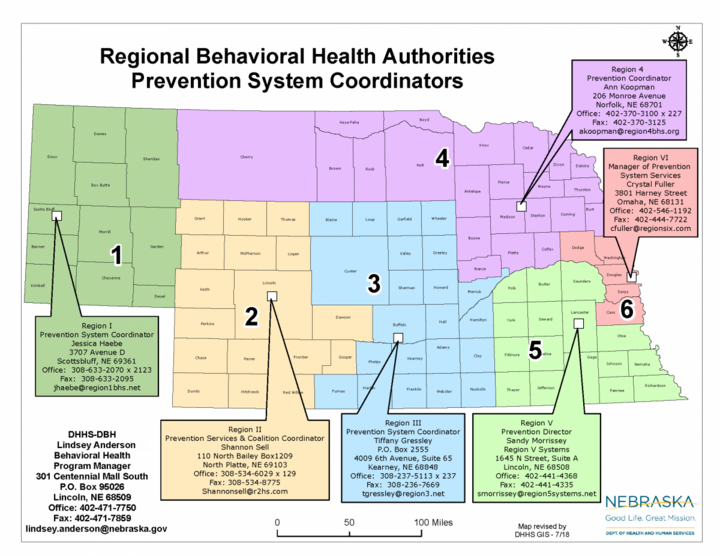If you have been impacted by the rising rate of suicides, you are not alone.
Between 1999 and 2016 the rate of suicides increased by at least 6% in 49 of 50 states, with some states showing increases of as much as 58%. In 2017, more than 47,000 people died by suicide in the United States.
Nebraska data reflects the national trend. In 2016, the year of the latest report from the Centers for Disease Control, suicide was the leading cause of death for persons 10-14 years and the second leading cause of death for persons 15-34 years (CDC National Vital Statistics System).
Among farmers, suicide rates are higher than in the general population. Factors contributing to increased stress in the agricultural community include:
- lack of control in policy, regulations, prices, and weather,
- not having access to mental health services,
- hesitancy in seeking help,
- feelings of isolation, and
- access to lethal weapons.
Recognizing the Signs


As the death toll from suicide continues to rise, Nebraskans must band together to help one another. Suicide is preventable and prevention begins with knowing what signs to look for and how to help.
Learn to recognize the common signs when someone is experienced too much stress in their life and the signs when that stress may turn into thoughts of suicide (see boxes).
What You Can Do
If you think someone might be suicidal,
- Try and be calm.
- If you or the suicidal person is in imminent danger, call the police.
- Keep them safe. Do not leave the person alone while they are in crisis.
- Ask the question. Be direct and ask the person if they want to end their life. Research shows that asking a person directly if they want to end their life can give the person the opportunity to talk and feel comfortable with a difficult topic. Asking this question and talking about suicide will not lead to suicidal behavior. It shows that you are available for support.
If they say “yes,” ask them if they have a plan. If they do, ask if they have the means to carry out the plan. (For example, if someone says he plans to shoot himself, you would want to know if he has access to a gun.)
For each “yes” to this question series, the person is at greater risk of completing suicide. - Help make a connection. Ask the person who they trust to talk to about this. If they cannot come up with someone, you could make suggestions such as a therapist/counselor, family members, friends, or faith leaders. Help them make a plan to reach out to that person.
- Call the National Suicide Prevention Lifeline at 1-800-273-8255 to get connected to resources. You can also call this lifeline and stay with the person as he or she talks to the counselor. It is recommended to program the National Suicide Prevention Lifeline in your phone and star it so you have this resource readily available.
- If the person is willing to receive additional help, have them call the Rural Response Hotline at 1-800-464-0258. When a farmer, rancher, or rural resident calls the hotline, they are connected to an experienced staff person who is equipped to assist callers through the COMHT (Counseling, Outreach, and Mental Health Therapy) Program. Staff members are trained to work with individuals over the telephone or in their home to provide confidential information and assistance.
It is important to remember that suicide is preventable and you can help! You can help someone in crisis get the care they need.
Train to be Prepared to Help

State of Nebraska Behavioral Health Regions offer two types of suicide prevention training:
- Question, Persuade, Refer (QPR). Just like CPR. QPR is an emergency response to someone in crisis and can save lives. QPR is the most widely taught gatekeeper training in the world. This one- to two-hour training teaches people from all walks of life how to help someone in a suicidal crisis. Learn more on the QPR Institute website at https://qprinstitute.com/about-qpr.
- Mental Health First Aid (MHFA). This program teaches attendees how to identify, understand, and respond to signs of mental illness and substance disorders in their community. This eight-hour course dives more deeply into the signs and symptoms of mental health conditions and addictions and provides a clear action plan for helping anyone who is struggling. Learn more about MHFA at https://www.mentalhealthfirstaid.org/take-a-course/find-a-course/
Resources
For more information on training opportunities in your area, see the map in Figure 1 to find contact information for a regional prevention coordinator.
Also see the Nebraska Extension flyer, Staying Connected During Tough Times - Resources for Nebraska Farmers, Ranchers and Their Families. It provides contact information for crisis services as well as ag finance mediation services.
